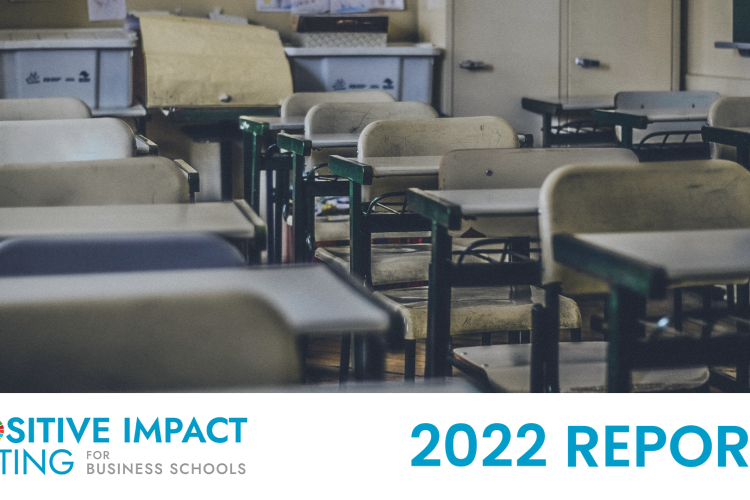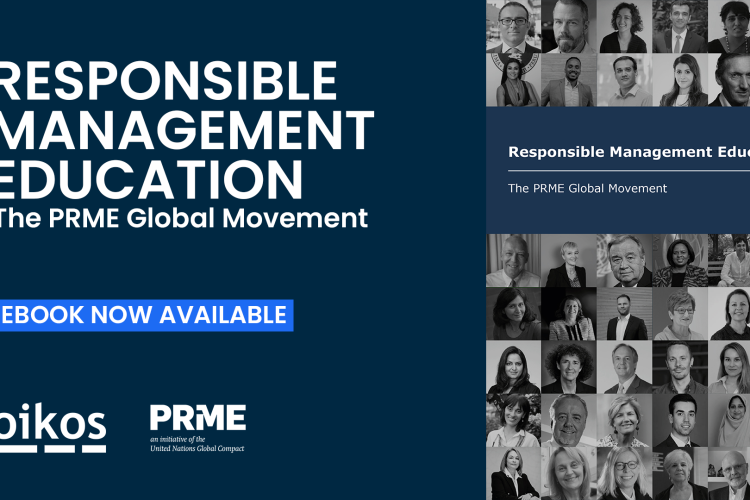Abstract
Shortly after the Fukushima meltdown of 2011, the Swiss government developed an Energy Strategy 2050, aimed to build up renewable energy capacity, improve energy efficiency and phase out nuclear energy. Yet, growth in the wind sector had been disappointing. This case study examines the factors that took the wind out of sails of large wind projects in Switzerland, paying special attention to the risks associated with public policy and stakeholder opposition. Though focusing on Switzerland, the lessons learned from the case study are applicable internationally, with multiple examples of large infrastructure projects being halted or severely delayed by public opposition and red tape.
Staged in May 2017, the case centers around Nadine Haller, who has been developing a large wind project for the last five years. She has just learned the news that the Energy Strategy 2050 has been accepted by the popular vote and she is contemplating what this result means for her project.
The case study is based on interviews with more than 20 wind project developers and permitting authorities. Several teaching options are included. The storyline can be updated as relevant news develops, creating new challenges for Nadine. The case offers an accompanying cash flow calculation model, teaching students that social acceptance and regulatory compliance come at a significant cost. Another option is a role-play game, where students try wearing hats of different project stakeholders: the project developer, the head of municipal government, a local landowner, a journalist, and a member of an environmental NGO, among others. The case also offers a framework to systematically approach project-related risks and develop risk-mitigating strategies. It should be relevant to graduate students from a variety of backgrounds, including communications, finance, law, and economics.
[table id=141 /]



